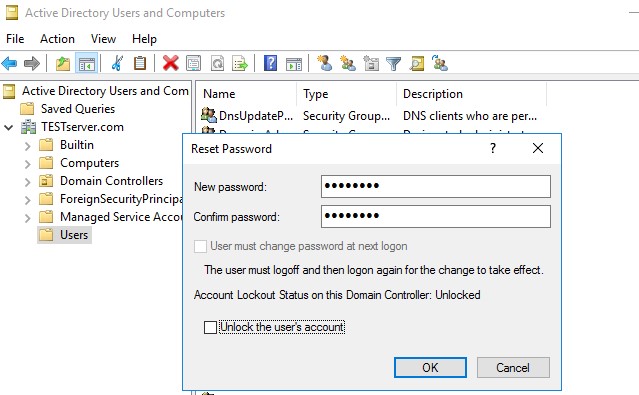Best Practices for Bulk Importing Users into Active Directory
Best Practices for Bulk Importing Users into Active Directory
Blog Article
Easily Import Users into Active Directory with These Proven Methods
Handling customers in a Active Listing (AD) setting is a important task for IT administrators, and one of the very frequent procedures is importing people in to the directory. Whether you're onboarding new employees or migrating from yet another process, an effective and structured person active directory management tools for sustaining a healthy and arranged AD structure. In this step-by-step guide, we'll go through the best practices for posting consumers into Active Directory, ensuring precision, security, and efficiency.
Step 1: Make the Individual Data
Before importing people into AD, it's essential to get ready the mandatory data. That usually includes person names, mail handles, cell phone numbers, sections, and other relevant attributes. The most effective practice is to utilize a organized structure, such as a CSV (Comma-Separated Values) record, to organize and store the user information. Ensure that each column in the CSV corresponds to an AD feature (e.g., First Name, Last Title, Username, etc.).
Pro Idea: Double-check the data for accuracy. Mistakes as of this period may cause problems during the import process and create issues down the line.

Step 2: Select the Correct Import Technique
There are several ways to import customers into AD, depending on your requirements and available resources. For smaller groups, guide import applying Active Listing Customers and Pcs (ADUC) might suffice. Nevertheless, for bigger datasets, automation tools like PowerShell programs or third-party methods can save your self time and lower errors.
PowerShell is among the most popular practices for importing users. Having its effective scripting abilities, you can import person data from CSV files and create individual records in bulk. Additionally, PowerShell allows you to customize consumer attributes through the transfer method, making it suitable for complex environments.
Step 3: Collection Up Organizational Devices (OUs)
Organizational Units (OUs) are accustomed to arrange consumers within Effective Directory. It's most useful training to create a well-structured OU hierarchy before importing users. This can help streamline management projects such as for instance class guidelines, entry regulates, and reporting.
When posting people, allocate them to the right OUs centered on their team, role, or location. That not just keeps your AD structured but in addition assures that specific group guidelines and permissions are applied correctly.
Step 4: Import the Consumers
When the data is ready and OUs are create, you are able to begin the import process. If applying PowerShell, the software can browse the CSV record and produce person records in AD based on the provided attributes. You can contain extra possibilities, such as setting password policies, enabling accounts, or adding customers to unique teams, depending on your own organization's requirements.

Realization
Effectively importing users into Productive Listing requires cautious preparing, exact data preparation, and the right tools. By following that step-by-step guide, IT administrators can guarantee an easy and arranged transfer method, reducing errors, increasing security, and sustaining a clean and organized AD environment. Whether applying manual strategies or computerized instruments, the important thing to achievement is based on preparation, affirmation, and ongoing management. Report this page